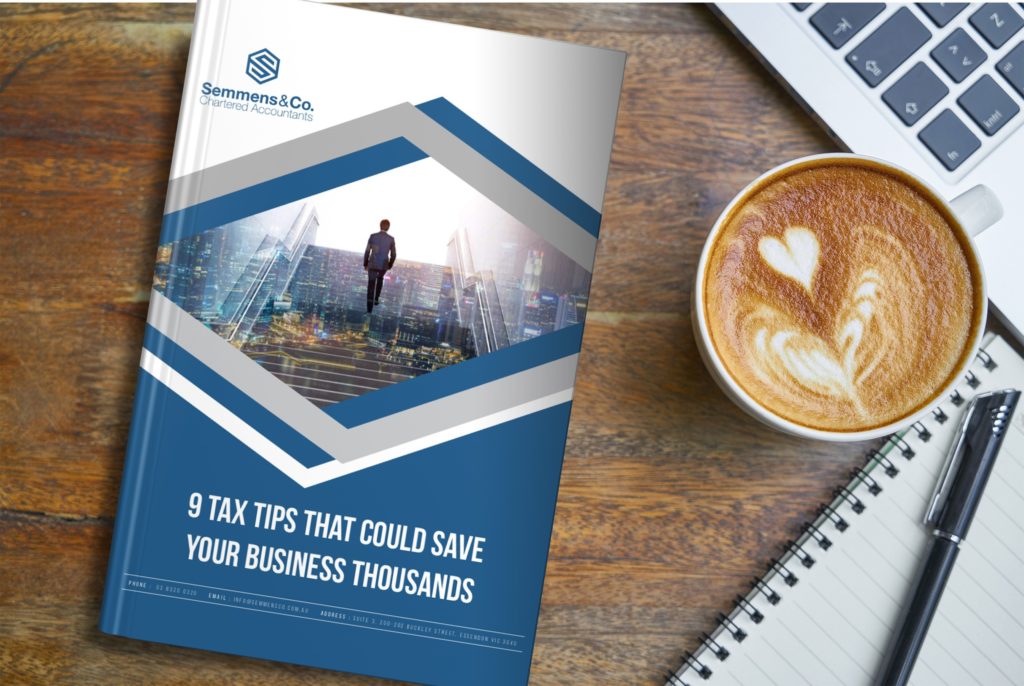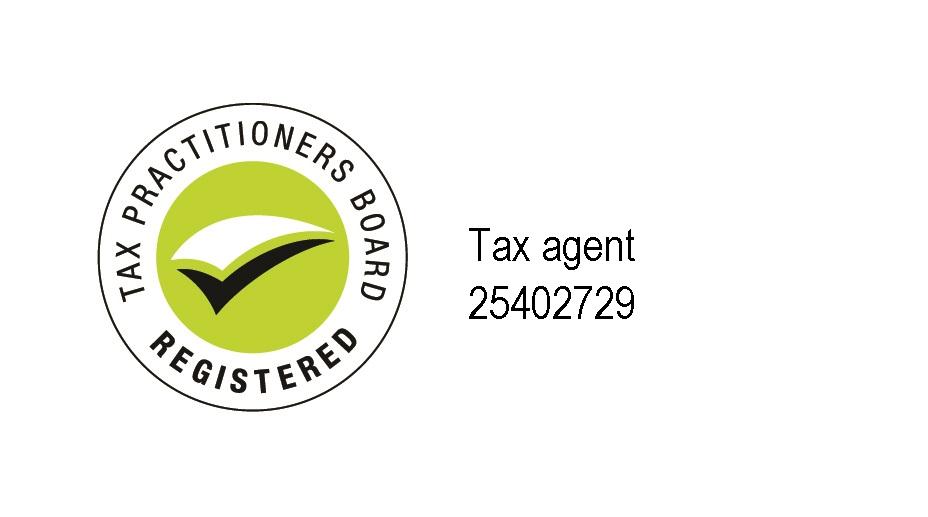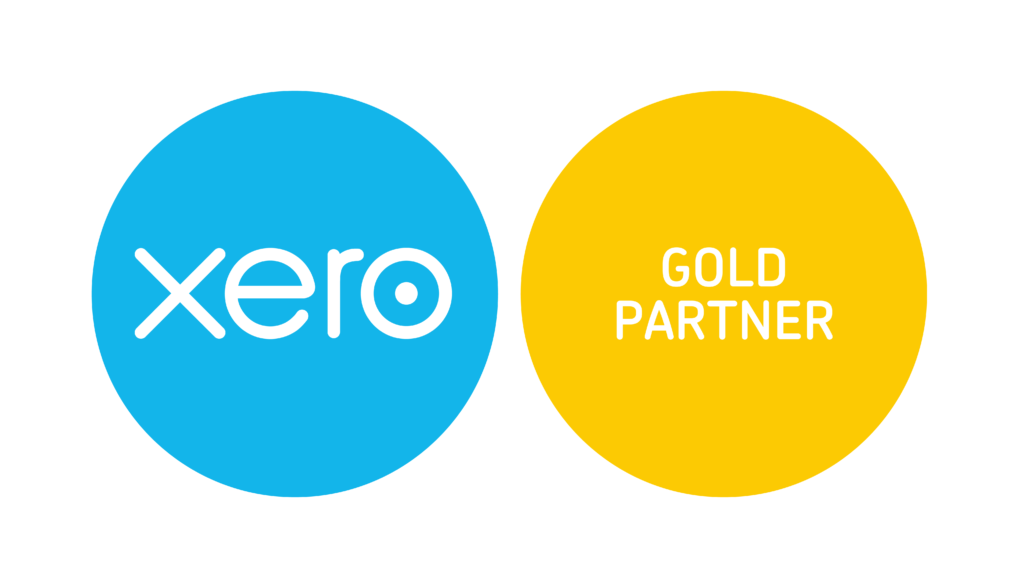Fringe Benefits Tax Basics for the Business Owner

In the lead up to conclusion of the Fringe Benefits Tax year, what better time to talk about fringe benefits tax implications and how to maximize on the exemptions.
With retention and productivity strategies becoming key for organisations everywhere, employee engagement is high on the agenda for business leaders today. If you own a business, be it large or small, you understand the importance of hiring the best people for the job and keeping them engaged for as long as you can. Having a low staff turnover makes good business sense. This strategy ensures the business can minimises on-boarding costs (like training new staff and the initial, new-employee inertia) and maintains the skills and intellectual property of the current employee base.
From time to time, employers may try to improve an employee’s engagement by offering them rewards and incentives that add value to the relationship. However, creating effective engagement strategies is no easy feat. For employee engagement initiatives to be successful, they must be tailored to the unique needs and motivations of the individual.
What is a fringe benefit?
A fringe benefit is a non-cash benefit with a financial value that you offer to an employee on top of their salary. Any time you are providing this kind of incentive to an employee or their family, the business is liable to pay Fringe Benefits Tax. It is a separate to income tax and is calculated on the taxable value of the fringe benefits provided.
Benefit is a broad term but in this case it is defined as, and includes, any rights, privileges or services. Some examples of an employer providing a fringe benefit is when they:
- Allow their employee to use a work car for private purposes
- Give their employee a cheap loan
- Reimburse a non-business expense incurred by their employee (such as school fees or private health insurance)
- Provide entertainment by way of food, drink or recreation.
Common examples of fringe benefits include:
- Cars and car parking
- Private health insurance
- Gift cards
- Extra annual leave
- Profit-sharing options
- Low-interest loans or debt waivers
- Computers, mobile phones and other devices
- Meals and entertainment (tickets for concerts or sporting events)
- Gym memberships
- Board and living away from home allowance
You may choose to offer these fringe benefits as part of the employee’s salary package or give them the option to pay for the benefits under a ‘salary sacrifice’ arrangement. In effect, this reduces the income they receive and therefore the amount of income tax they may need to pay.
Further, if you are a director of a company or a beneficiary of a trust working in the business, benefits you receive in connection with your employment may be subject to fringe benefits tax.
The following are not fringe benefits:
- Payments of salary or wages
- Shares purchased under approved employee share acquisition schemes
- Employer contributions to complying super funds
- Employment termination payments (for example, a company car given or sold to your employee on termination)
- Payment of amounts deemed to be dividends
- Exempt benefits such as certain benefits provided by religious institutions to their religious practitioners.

Reducing Your Fringe Benefits Tax Liability
If your fringe benefits tax liability has become an issue of concern, there are some key strategies you can utilise to reduce the amount of fringe benefits tax you owe, by:
- Replacing fringe benefits with cash salary
- Providing benefits that your employees would be entitled to claim as an income tax deduction, if they had paid for the benefits themselves
- Providing benefits that are exempt from FBT
- Using employee contributions to claim GST credits. For example, an employee receiving a car fringe benefit can pay for some of the operating costs (such as fuel) that you do not reimburse. Employee contributions may be assessable income to you and may be subject to GST.
Fringe Benefits Tax Exemptions
However, there are also opportunities for fringe benefits tax exemptions. Some benefits are exempt from Fringe Benefits Tax or receive concessional treatment.
For example. items that are considered ‘tools of trade’, like mobile phones or protective clothing can attract an exemption that can lower your liability. Further, some organisations are exempt from paying Fringe Benefits Tax.
The fringe benefits that attract a tax exemption are:
- Work-related portable electronic devices:
- multiple work-related portable electronic devices you provide to your employees if you are a small business (see note) – even if the devices have substantially identical functions
- one work-related portable electronic device per FBT year, unless the item is a replacement item, for all other businesses.
- Other work-related items:
- computer software
- protective clothing
- briefcases
- tools of trade
- Minor benefits:
- A minor benefit is a benefit that has a value of less than $300. This
will attract a fringe benefits tax exemption if it would be unreasonable to
treat it as a fringe benefit, that is, if:
- the benefit is provided infrequently and irregularly
- the taxable value of the minor benefit and other similar or identical benefits (if they were treated as fringe benefits) is low
- the likely total taxable value of the minor benefit and other associated benefits is low (for example, electricity and telephone benefits provided as part of an accommodation package)
- it is difficult to calculate the taxable value of the benefit and any associated benefits
- the benefit is provided as a result of a contingency (for example, unexpected overtime).
- A minor benefit is a benefit that has a value of less than $300. This
will attract a fringe benefits tax exemption if it would be unreasonable to
treat it as a fringe benefit, that is, if:
- Taxi travel expenses:
- a single trip beginning or ending at the employee’s place of work
- arises as a result of sickness or injury to the employee
- Small business car parking:
- the employer was a small business for the last income year before the relevant FBT year
- the employer’s total gross income (before any deductions) for the last financial year before the relevant FBT year was less than $10 million.
- The car parking must not be provided in a commercial car park
- The company cannot be a government body, a listed public company or a subsidiary of a listed public company
- Concessions:
- A reduction in the taxable value of the fringe benefit applies to some benefits provided in remote areas, some travel provided to employees posted overseas, reimbursement of costs incurred by employees using their own car for relocation and some other benefits.
- Specific exemptions and concessions apply to some of the benefits provided by not-for-profit organisations.
Top 6 Things to Know about Fringe Benefits Tax
The top 6 things you need to know, as a business owner, when considering offering fringe benefits to your employees, their families and other associates:
- You need to register for fringe benefits tax (FBT) once you have determined that you are providing fringe benefits to your employee and clients and, must pay FBT.
- The FBT year runs from 1st April to 31st March.
- The FBT tax rate for 2019 is 47%, down 2 percent on 2017.
- If your FBT liability for the last year was $3,000 or more, you will need to pay in four quarterly instalments.
- There are two gross up rates when determining the taxable value of each benefit, and the amount of the gross up rate depends if you are registered for GST or not.
- If you provide certain fringe benefits with a total taxable value of more than $2,000 in the FBT year, you must report the grossed-up taxable value of the fringe benefits on the employee’s payment summary for the corresponding income year.
If you have any questions or need advice and clarity specific to your business, feel free to contact Semmens & Co on 03 8320 0320 for a free consultation. If you’re looking for more information on how to maximize tax benefits for your business, download our e-book Top 9 Tax Tips That Could Save You Thousands or, learn more about these strategies by registering to attend our webinar.







